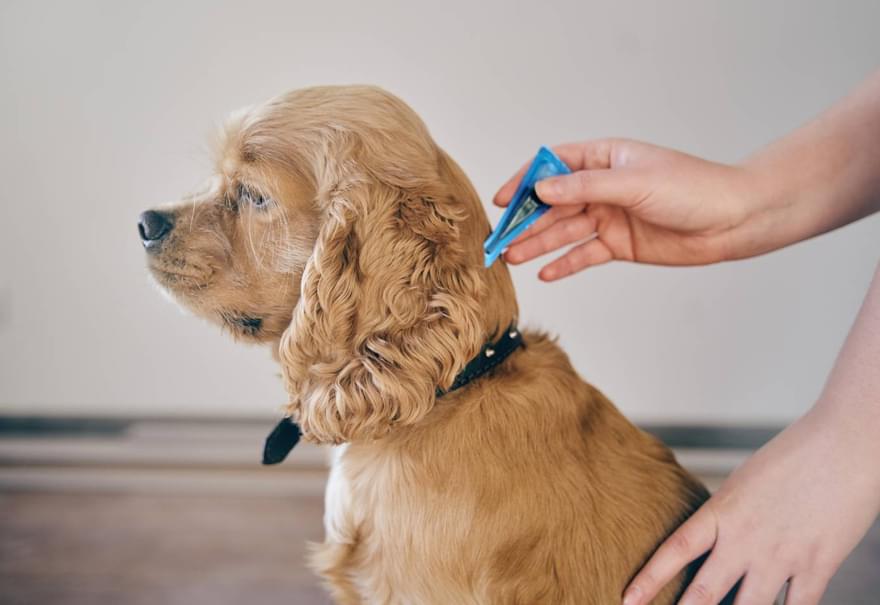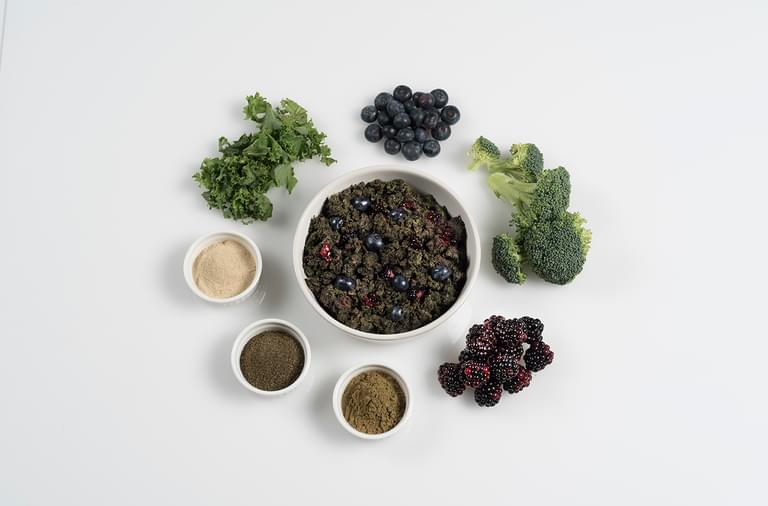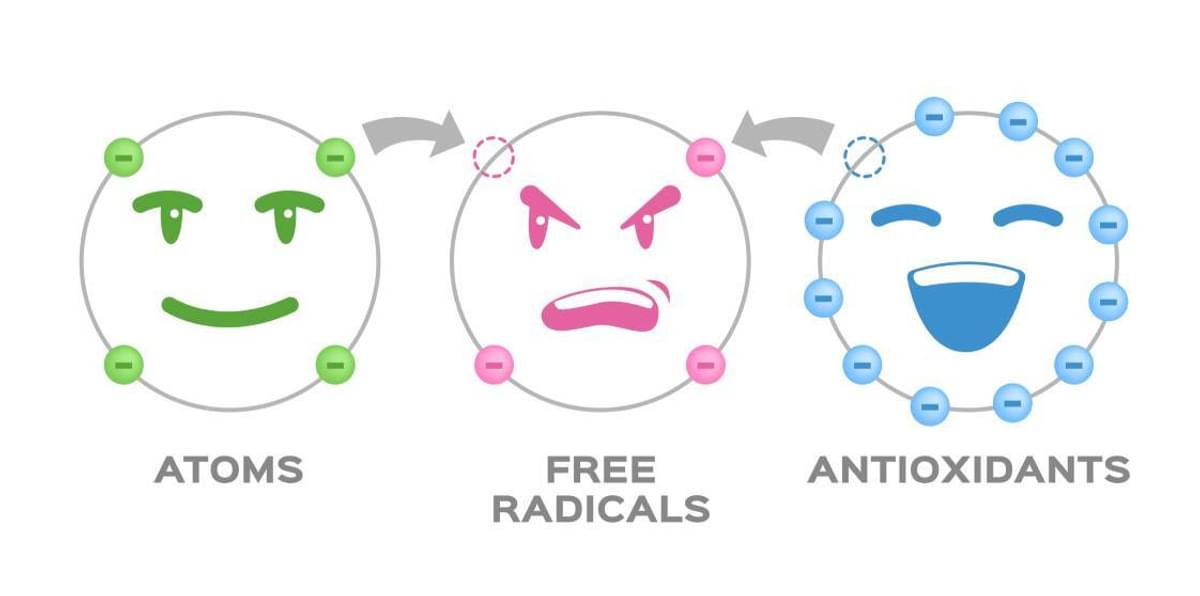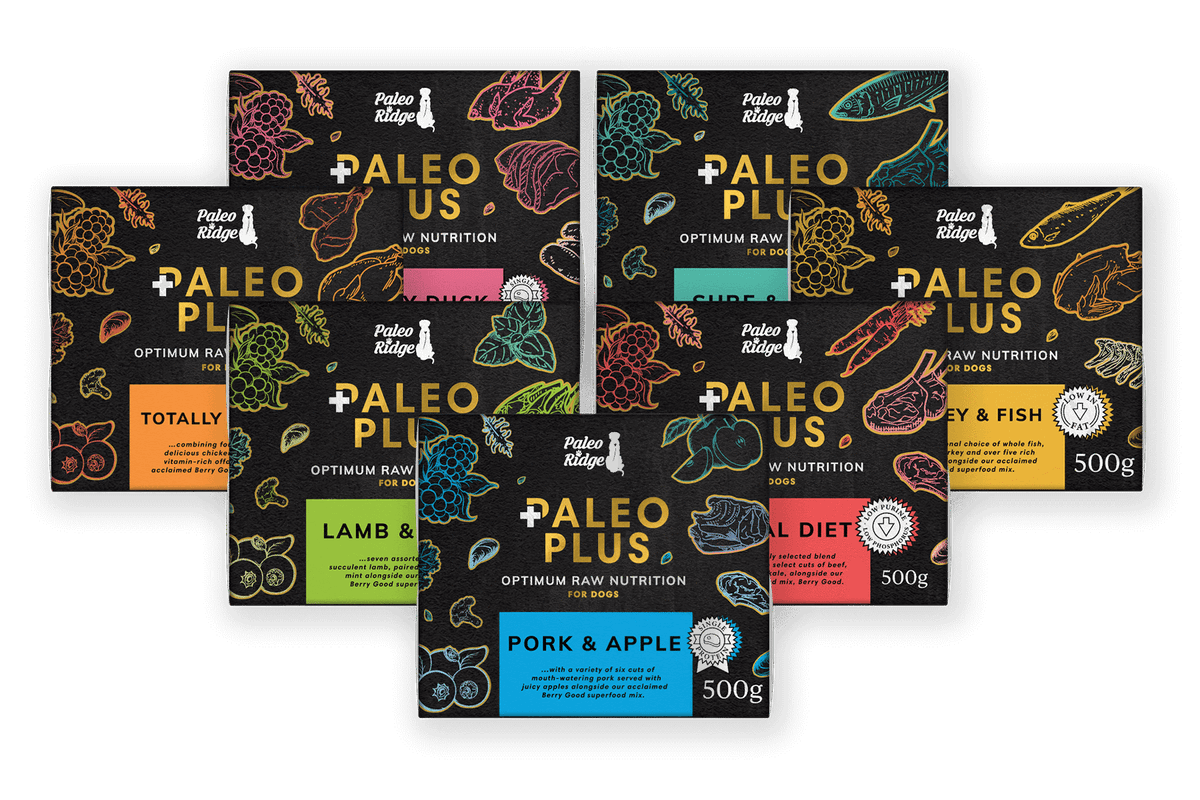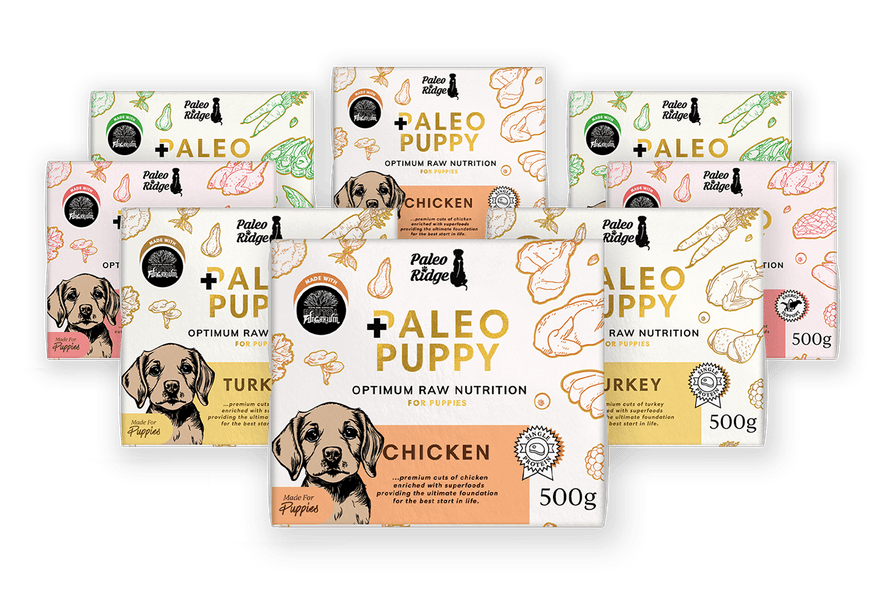In the quest to provide optimal nutrition to our furry companions, understanding the role of antioxidants and their significance in a dog’s diet is crucial. These mighty compounds are pivotal in maintaining your dog’s health by combating free radicals and supporting overall well-being.
To truly understand what an antioxidant is and how they work, we first need to understand some basic biochemistry. Don't worry, we won't overload you with scientific jargon, we have condensed this down into bite-size, easy-to-digest pieces.
Everything in your dog's body, including the cells, is made of tiny building blocks called atoms. Now, atoms have even tinier parts called protons, neutrons, and electrons. Think of electrons as little buddies that go around the atom in pairs. These electron pairs are like the workers of a cell, making important things happen, such as chemical reactions needed for every function in the body.
For a cell to be happy and healthy, its atoms need these electrons in pairs. When atoms don't have an equal number of electron pairs, we call them "free radicals." These troublemakers can create stress in the body, which we call oxidative stress. So, to keep your dog's cells in good shape, it's like making sure all the workers in the factory have their partners – it helps everything run smoothly.
